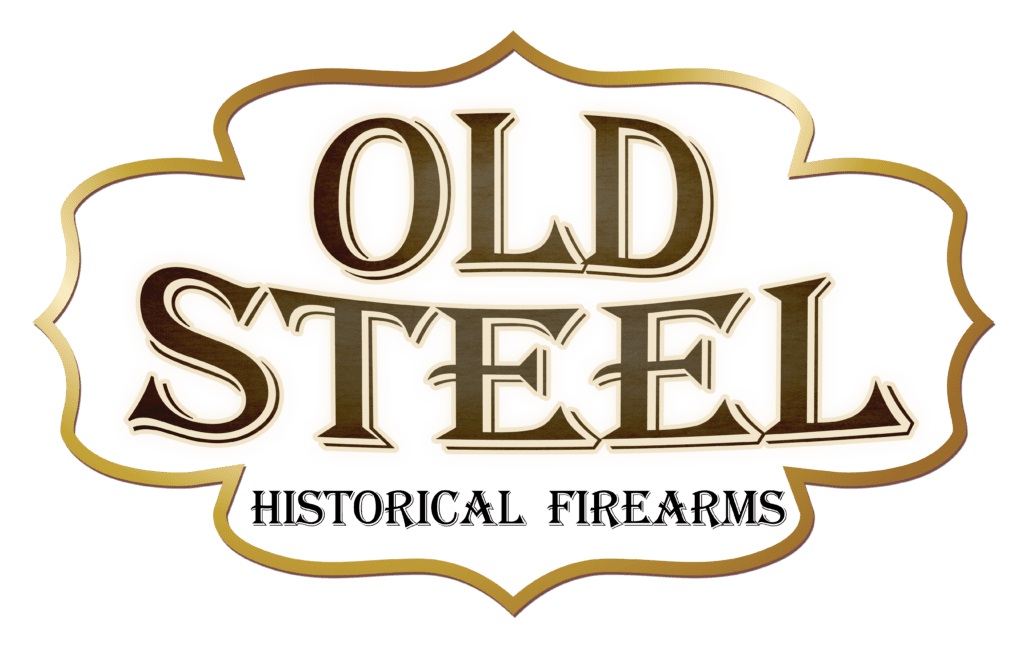
If you are like me, you were hooked the first time you picked up a cosmoline-covered surplus rifle or handgun. You probably took it home and couldn’t focus on anything until you tore it apart and cleaned that goo off to see what was underneath it. In fact, this exact scenario is what probably led you to this article.
As a general rule, cosmoline can be removed with heat, kroil, WD-40, or Kerosene. This process is simple but very messy and should be done in a well-ventilated area.
There are other considerations that you should think about if tackling this task. Let me show you how I safely remove cosmoline.
Affiliate Disclosure: This article may contain affiliate links. When you use these links, I earn a small commission from each sale generated at no cost to you. This commission helps me continue to put out free content. I work a full-time job that I am very happy with; therefore, I don’t need this commission and am not obligated to speak highly of any product. Everything written is my own opinion: the good, the bad, and the ugly.
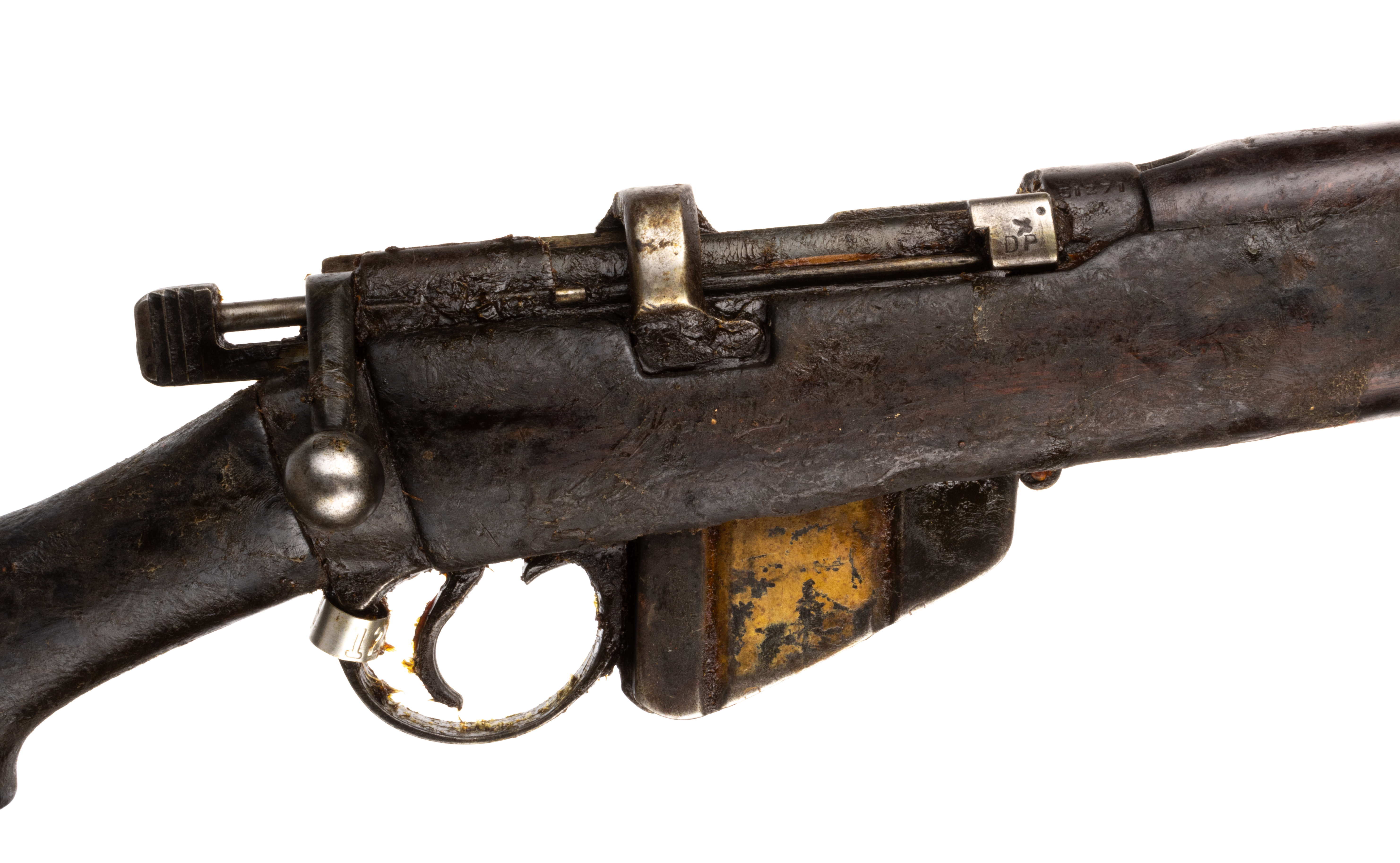
What is Cosmoline?
Cosmoline is petroleum-based rust and corrosion-inhibiting grease. The consistency of cosmoline varies widely but is mostly found as grease or wax. It is brown in color and usually engulfs those beautiful surplus rifles at the local gun show.
Cosmoline is not a new invention and was originally used as a pharmaceutical product in the late 1800s. The U.S. military soon discovered its advantages when applied to military equipment. It is frequently used in indoor and outdoor applications and does a great job for long-term storage.
In the realm of firearms, as technologies advanced, many militaries put their older, outdated weapons into long-term storage in preparation for any future conflicts or wars. As the cold war came and went, many of these countries started to liquidate their warehouses, selling these surplus arms to importers and exporters in the United States. Crate after crate of Mosin Nagants, Mauser 98s, and everything in between started to arrive in the U.S. for dirt cheap. These crates were packed full of rifles and cosmoline.

The Dangers of Cosmoline
Cosmoline can create a dangerous situation with your firearm. Primarily when found in the bore and fire control area. If planning to shoot your surplus firearms, leaving cosmoline in the bore can ruin your firearm or, worse yet, cause injury to the shooter. It should be treated as a bore obstruction and removed prior to firing.
Cosmoline found in the chamber area can cause failures to extract. When cosmoline is exposed to heat and pressure like this, it will essentially bake on the metal surface. This causes an issue as brass expands and contracts on firing.
In the fire control area, cosmoline will slow the operation of the components, such as the firing pin and trigger. This can cause hang fires or, worse yet, negligent discharges. I’ve even seen Mosin Nagants that the lock time could be measured in whole seconds due to this.
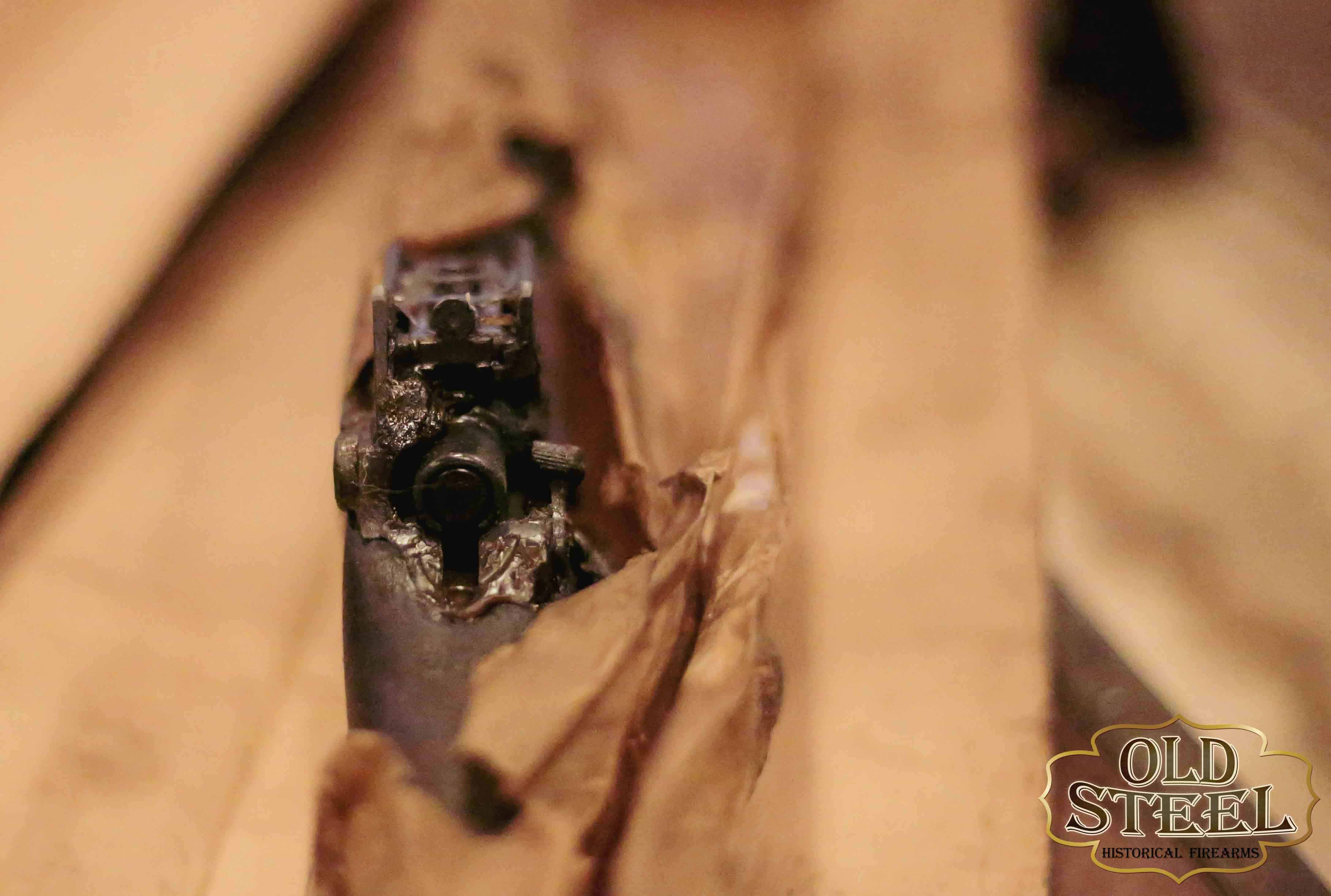
Should you Remove it?
The decision to either remove or not remove cosmoline from the rifle is based on each individual situation. If you plan to fire the firearm, it absolutely needs to be removed for the reason stated above. However, it might not be necessary if you have no intentions of shooting it.
Cosmoline does an excellent job of preventing corrosion and preserving metal parts. If the rifle will spend the rest of its life in a safe, it might be better to leave it on. Although, today, there are many rust-preventative oils and greases that are cleaner and will do an as good, if not better, job.
There are a few rare examples where you shouldn’t remove it. The Enfield P1917 above is a perfect example. This P17 was packed in cosmoline, wrapped in paper, and shipped to its destination like millions of other rifles. However, this one was never opened, making it extremely rare. Removing the cosmoline off of this rifle would greatly reduce its value.
This post is brought to you in collaboration with Old Steel Historical Firearms, located in Littleton, Colorado. They are the go-to gun shop for collectors and shooters alike. Old Steel is dedicated to finding historical and collectible items and making them available to the customer. They have an impressive inventory of nearly 1,500 historical firearms and an outstanding selection of uniforms, bayonets, and odd ammunition. Go check them out at Oldsteelguns.com! Follow them on Instagram: @oldsteelguns
Removing Cosmoline
Once cosmoline has been exposed to air for a few years, it will solidify and become a wax consistency. This is most likely how you will encounter it on a surplus firearm or bayonet. Fortunately, this mess is pretty easy to clean up.
Before you start the process of removing the cosmoline, you need to disassemble the firearm fully. Reference a disassembly manual and take every piece and part out of it. Military surplus firearms are typically very easy to fully disassemble with minimal tools, making it a pretty painless job.
Once disassembled, I use a few methods to remove cosmoline.
The Best Accessories for Your Gunsmithing Bench for Under $13
Use Heat:
Heat is an extremely effective way of removing cosmoline. Cosmoline’s melting point is pretty low, between 113 and 125 degrees Fahrenheit. A heat gun on the low setting or a hairdryer both work great for this task.
Hang the parts from metal coat hangers and lay out a piece of plastic to protect the floor. Lightly go over the parts with the heat gun. The cosmoline should start to melt and run off the parts onto the ground cloth. This method works exceptionally well. However, I do not recommend doing it indoors; outside or in a garage is best.
I only use this method on metal parts and will do this prior to using the Kroil method below to remove the last bits and pieces.
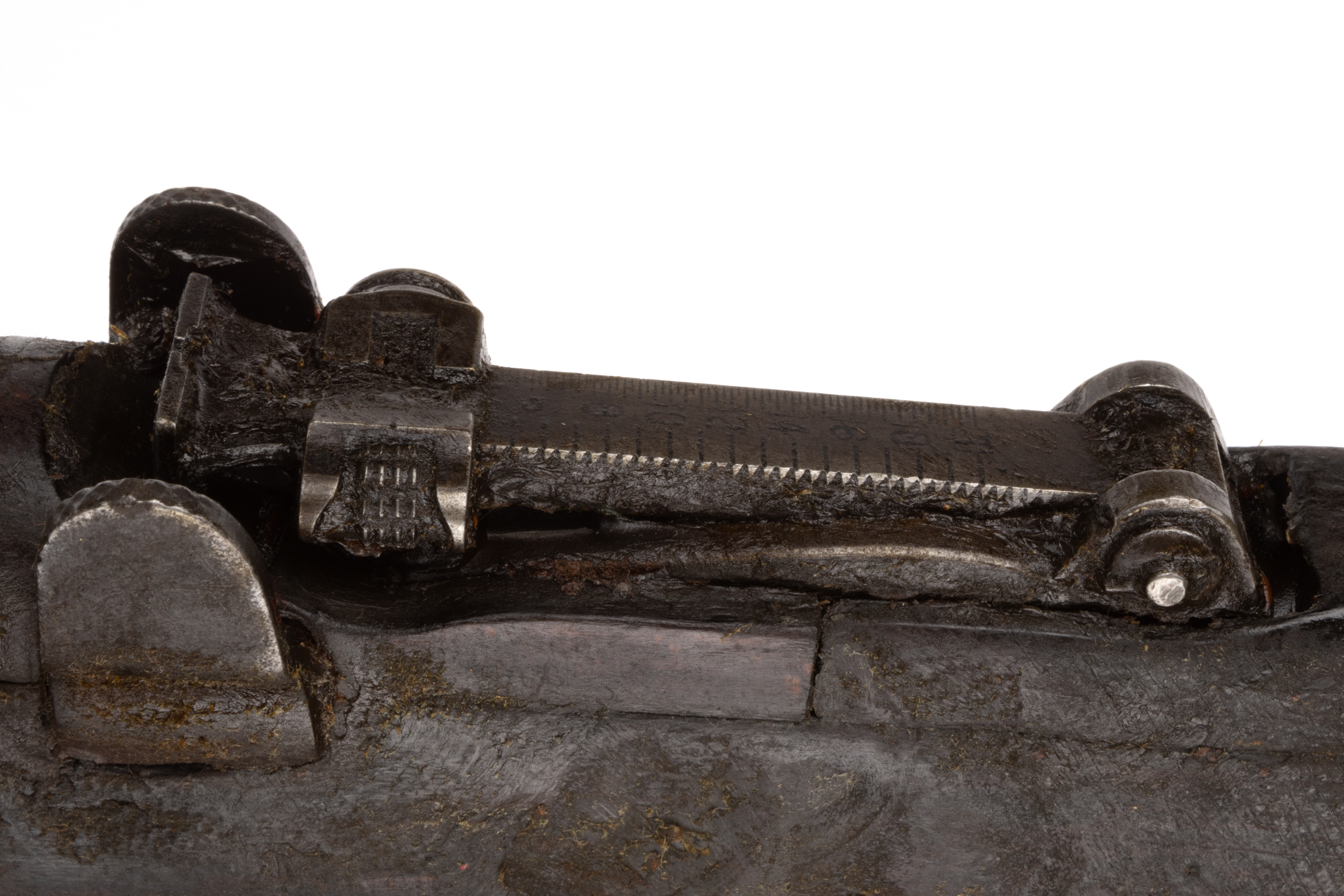
Kroil:
Kroil is known as “The Oil That Creeps” and has made quite a name for itself in the firearms industry. It dissolves dried grease and will work its way into openings as small as one-millionth of an inch. Before using the Kroil, take an old rag and lightly wipe off any heavy concentrations of cosmoline. This will speed up the process. Apply some to a rag and patch and wipe down the cosmoline-soaked parts.
Also, this is perfect to use in the bore and chamber area as it will not attack metal. Apply some to a cleaning patch and run it through the bore. Let it sit for a couple of minutes, then run a few dry patches through. Repeat this until the patches come out relatively clean. Kroil can be found here at Brownells.com.
WD-40:
This is one of the few times I will recommend WD-40 for working on guns. WD-40 does a good job cleaning up wood stocks without removing the underlying finish. Work in small areas and lightly spray the stock with WD-40. Using a rag, wipe the stock off. Repeating this multiple times will remove the cosmoline. It doesn’t take a lot to complete this process. The aerosol cans work best for this application.
Kerosene:
This method works well on metal parts, but extreme care must be taken as Kerosene is very flammable. Kerosene is petroleum-based and will not hurt the metal or metal finish. Many gunsmiths actually use it to cure or set a freshly blued gun.

Final Notes on Removing Cosmoline
The process is very dirty. However, it gives you the opportunity to get to know the inner workings of your firearm on another level. Take this time to look over and inspect all of the parts for cracks and excessive wear. Lastly, there are many other ways to remove cosmoline, but these are methods that I have used with excellent results.
Use coupon code KTG10 to get 10% off your order of $150 or more at Brownells.
Is Cosmoline Still Made?
Cosmoline continues to be made today and is still a great option for long-term rust prevention. Brownells sells Rust Veto, a cosmoline equivalent optimized for long-term firearm storage. The main difference between Rust Veto and cosmoline is that Rust Veto has a slightly higher melting point of 140-170 degrees Fahrenheit. So if you need to store your firearms long-term and protect them from moisture and corrosion, multiple options are available.
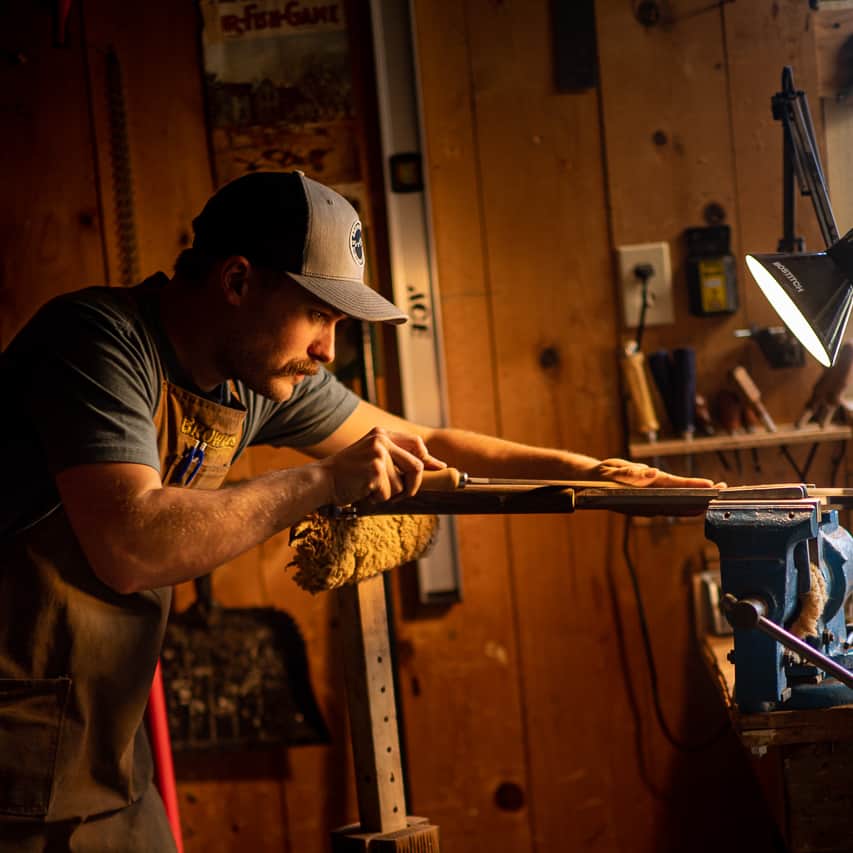
Written by: Kurt Martonik
Kurt is a Gunsmith, Reloader, Hunter, and Outdoorsman. He grew up in Elk County, Pennsylvania, where he became obsessed with the world of firearms. Following high school, Kurt enlisted in the United States Air Force as a Boom Operator, where he eventually rose to the position of Instructor. After his military service, he attended the Colorado School of Trades(CST) in Lakewood, CO for gunsmithing. Following graduation, he accepted a job at C. Sharps Arms in Montana, where he worked as a full time stockmaker and gunsmith.
